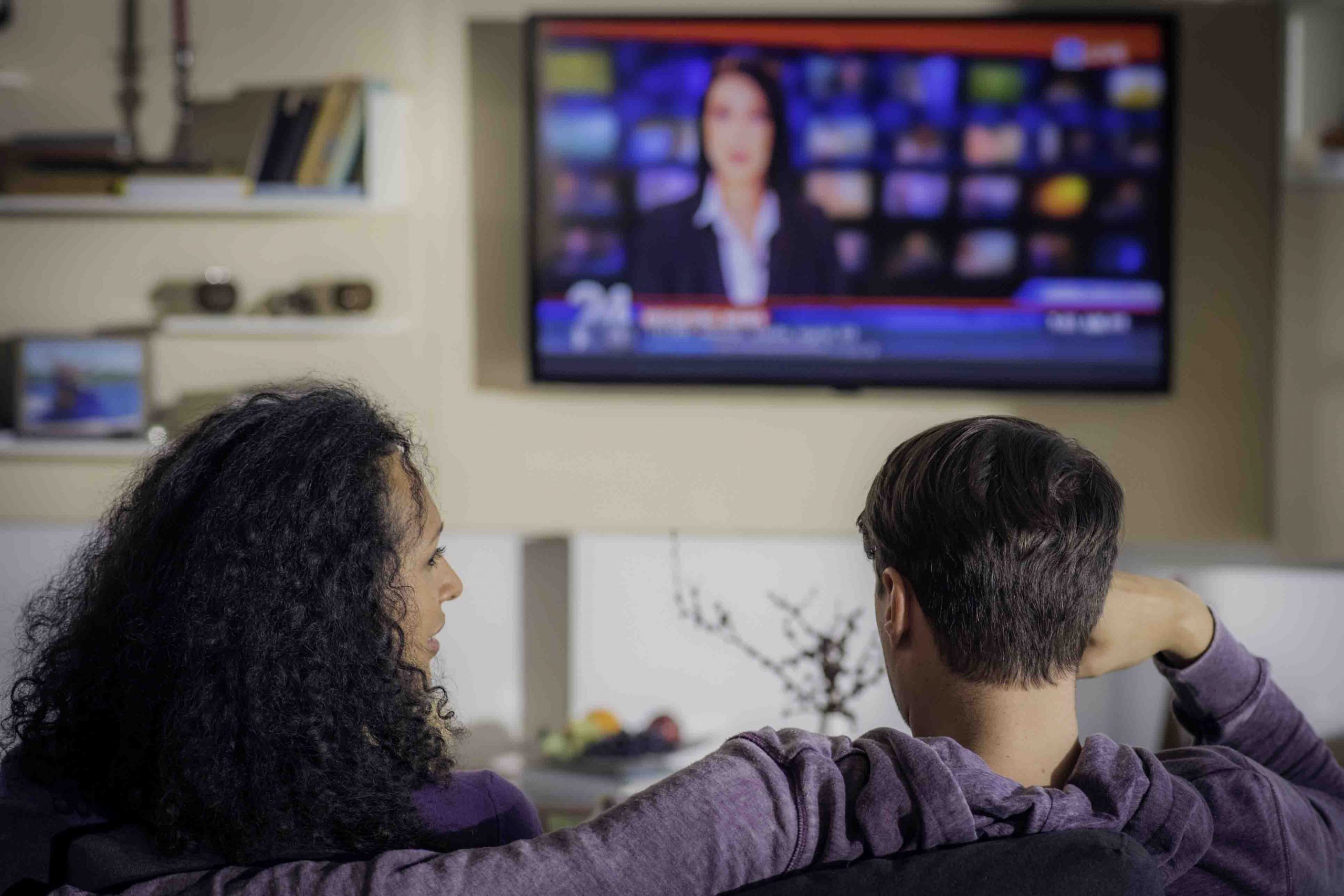TVU는 24/7 현장 기술 지원, 무료 TVU Anywhere, 도쿄의 실시간 클로즈업, 스튜디오 및 시스템 대여 제공...
Our website's menu is temporarily down for maintenance. In the meantime, please find any info you need through our AI Assistant.

The Future of TV News Is Hyperlocal and Personal
By TVU Staff, TVU Networks
February 4th, 2021
Local TV news consistently ranks at the top of trusted news sources among news consumers, but the rise of digital underscores this is no time for stations to rest on their laurels.
Clearly, local TV news websites are important destinations in the digital space, offering news content, video clips and rebroadcasts of stations’ on-air product. But the public also is turning to non-traditional sources online for news, such as the websites of local governments and online forums, where they can find out more about certain local developments, says Amy Mitchell, director of journalism research at Pew Research Center.
The public’s motivation may partly be fueled by a sense that they are not seeing news that pertains to their specific locale. In a Q&A with Mitchell about Pew’s 2019 survey on local news, the research director discussed the perceived shortcoming.
“Almost half the public says the local media mostly cover other areas, not the one they live in. And just 21% have ever spoken to a local journalist themselves,” she said in the interview.
Here Comes Hyperlocal
Some cable TV operators around the country have long offered “zoned” advertising buys to local businesses by targeting specific geographic areas in their markets with different signals. While viewers might be watching the same program, a group in one area sees a commercial for a local pizzeria and in another a local car dealership.
That same level of zoned delivery is coming to TV broadcasting. A new digital standard known as ATSC 3.0, makes it possible for local stations to transmit over the air and to deliver via the internet similarly “zoned content.”
At the moment, deployment by stations and adoption by consumers is in its initial phase. But by the end of the year, it is anticipated that more than 70% of U.S. households will be covered by ATSC 3.0 service.
To be sure, the number of viewers who can receive ATSC 3.0 at the moment is relatively small, but with receivers built into more than 20 new TV models and other 3.0 receivers on the way, it isn’t too soon to begin thinking about how best to exploit this newly available geo-targeting capability by delivering hyperlocal news to give viewers what they say they want: news about what’s going on where they live.
Let’s Get Personal
Beyond geo-targeting slices of a DMA, the new broadcast standard has another goodie that will help newsrooms differentiate their news in a sea of competitors. The same internet-delivery capability of the standard that makes possible geo-targeting gives broadcasters a way to deliver personalized news to individual households and viewers.
Every NextGen TV-labeled set (NextGen TV is the consumer-facing identifier for ATSC 3.0-enabled televisions), comes with a broadcast app and internet connectivity. Viewers setting up their NextGen TVs and connecting to the internet can opt-in to different services from broadcasters, including news in the form of video, graphics and text tailored to the their specific interests.
As with geo-targeting, personalization of news is in its nascent phase, but the capability exists today, and it is not too soon to begin planning how best to leverage this capability as NextGen TVs and ATSC 3.0 become more commonplace.